3 Steps To Using Cool-Season Cover Crops On Your Ranch
Planting cool-season cover crops that match your ranch’s management goals and environmental conditions can improve your land’s diversity, soil health and ecological processes long term.
For ranchers and landowners who want to increase diversity in their grasslands while improving soil health, cool-season cover crops are a great tool in the regenerative toolbox, says Steve Swaffar, ag consultant at Noble Research Institute.
Cover-cropping improves diversity above and below the ground, creating benefits that range from well-functioning soil microbe communities to more diverse pastures and even more wildlife species. These improvements lead to land with greater community dynamics.
Community dynamics is defined as the changes over time to the community structure and composition on the ranch, and, as such, this ecological process can sometimes be challenging to grasp. Swaffar likens community dynamics to the circle of life, saying the interconnectedness of all living creatures within a landscape is one of the essential pieces of regenerative agriculture.
“When we plant cover crops, we’re working to restore that circle of life and the dynamics of the insect community, the plant community, the soil community, the microbial community and the aquatic community,” Swaffar says. “When all these communities work together, you get improved ranch health through restored ecosystem processes.”
While the 30,000-foot view of cover crops’ potential impacts within a landscape may seem vast, the first step to successfully using cool-season cover crops in your operation is straightforward.
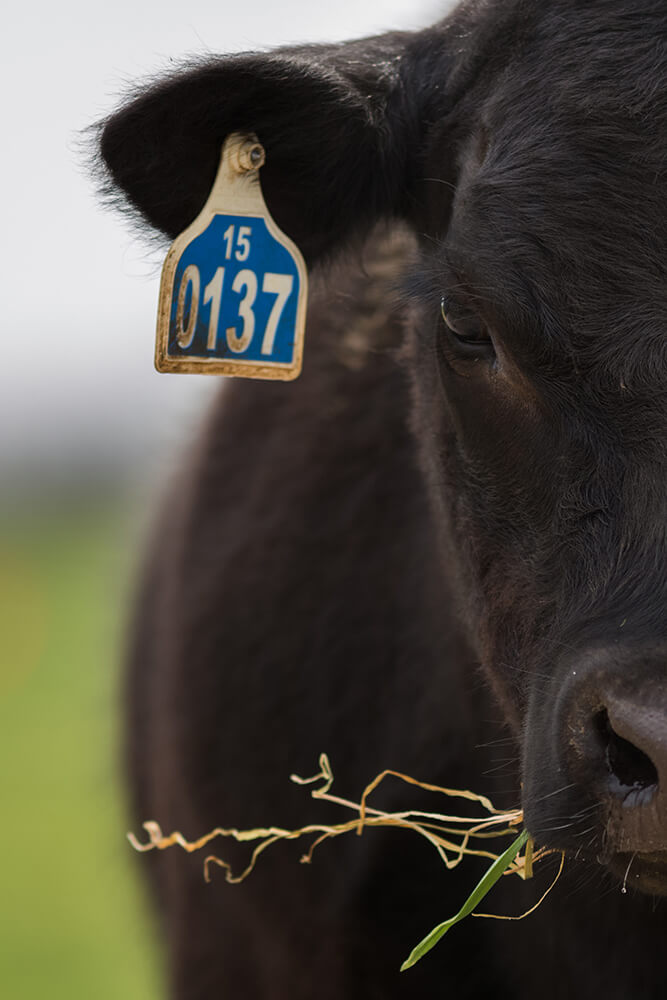
1. Set goals for your cover crop
“Understanding your goals for the cover crop is probably the first consideration,” Swaffar says. “Is it going to be used to build organic matter? Is it going to be used just to keep the soil covered? Is it going to be used for supplemental grazing? Are you trying to get greater nutrient cycling by planting specific species?”
While all cover crops provide ecological advantages to a landscape, ranchers should focus on their specific goals to ensure they pick suitable plant species to complement their operation.
“As they become more comfortable with setting goals for the soil, they can be more comfortable choosing the species that will help them achieve those goals,” Swaffar says.
Swaffar offers the following goals he often sees ranchers set for their cover crops:
- Build organic matter: Building organic matter increases the soil’s ability to hold water. Swaffar says organic matter acts like a sponge, and the greater the percentage of organic matter in your topsoil, the more moisture it can retain.
- Supplement grazing: Cover crops can be used to supplement your grazing livestock. Ranchers often graze cover crops such as wheat, rye, barley or other winter grasses when their other forages are unavailable. As a bonus, certain grazeable cover crops, especially legumes, can help tamp down commercial fertilizer bills by fixing or capturing nitrogen (N2) from the air, converting it to usable ammonia (NH3) and releasing it into the soil as the legume biomass decomposes.
- Cover the soil: Keeping the soil covered is essential to soil health. Covering soil controls erosion and moderates soil temperature with vegetative cover. When soil gets above 100 degrees Fahrenheit, the microbes begin to die, hindering soil health.
- Cycle nutrients: The transfer of nutrients between living organisms and non-living materials is known as the nutrient cycle. Added carbon, such as that from dead and decaying organic matter, serves as an energy source for the microbial community, which helps provide usable nutrients for plants. The added organic matter from cover crops improves the nutrient cycling system, resulting in a healthier soil microbe community and thriving plants.
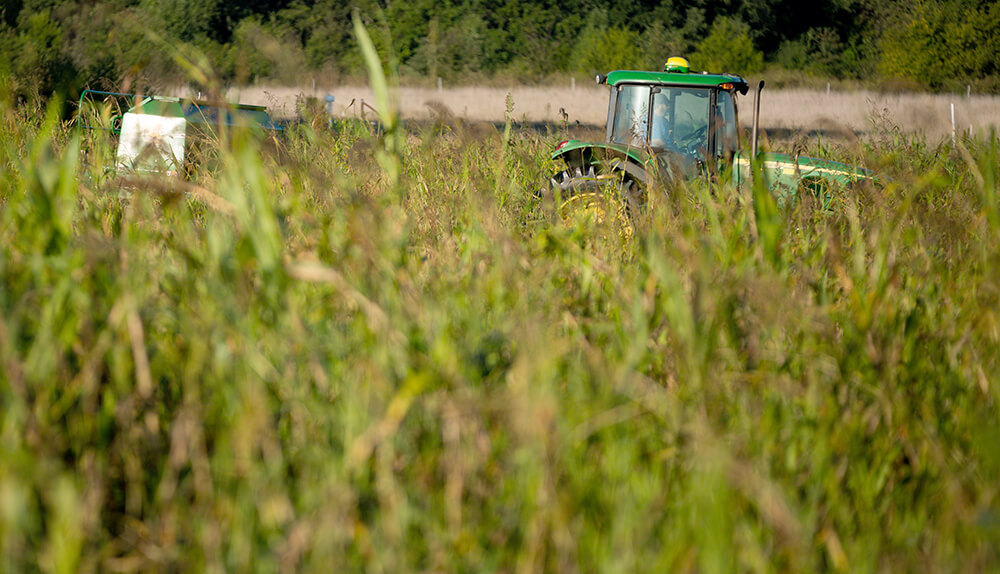
2. Plan for planting
The second step to use cool-season cover crops successfully, according to Swaffar, is for ranchers to understand the planting conditions and match the cover crop species to those conditions.
“They need to get a very good handle on their soil conditions,” he says. “Are they low in organic matter? Do they need cover? Do they have enough residue height in their pasture at the end of the grazing season?”
Once ranchers consider their specific planting conditions, they can choose a species and seed population that best suits their environment, soil and goals. Then, they need to match their plan to a planting window.
There are two main planting windows for cool-season cover crops — one period for crops that overwinter, planted in the early fall; and another period In late winter to early spring after the last hard freeze for spring growth.
- Overwinter: Cool-season cover crops planted from early to late September (in the Great Plains region) are typically based around winter grasses. Additional species may include radishes, turnips or other Brassica species. Cover-crop mixes can include from as few as two to as many as 20 different species. Producer goals are what help determine which species are desirable. These mixes typically need about four to six weeks to get established before they can be conservatively grazed, then rested and provided adequate recovery time to be available for livestock again in the spring. A typical example of an overwinter crop common in Oklahoma used for multiple purposes is winter wheat, according to Swaffar. Ranchers can use wheat as cover and to provide continual living roots, for supplemental grazing forage, or as harvested grain, depending on their goals. Other small grains like cereal rye can be used in similar ways.
- After the last hard freeze: Cool-season cover crops also can be planted after the last hard freeze in late winter or early spring to get early spring growth — typically seeding in early March or late February in the Great Plains. Cover crops grown during this window don’t necessarily have to be winter grasses. Spring small-grain species, legumes and broadleaf plants which won’t get frozen out all can thrive. Vetch, crimson clover, spring barley, spring oats, turnips and radishes are often planted during this time. Ranchers planning to graze these cool-season cover crops need to give the plants four to six weeks to get established before grazing.
- “Cover crops are in a fairly fragile state, even in six weeks. So, we have to manage them so that we give them adequate rest and recovery if we want to continue to use those as forages beyond that first graze,” Swaffar says.
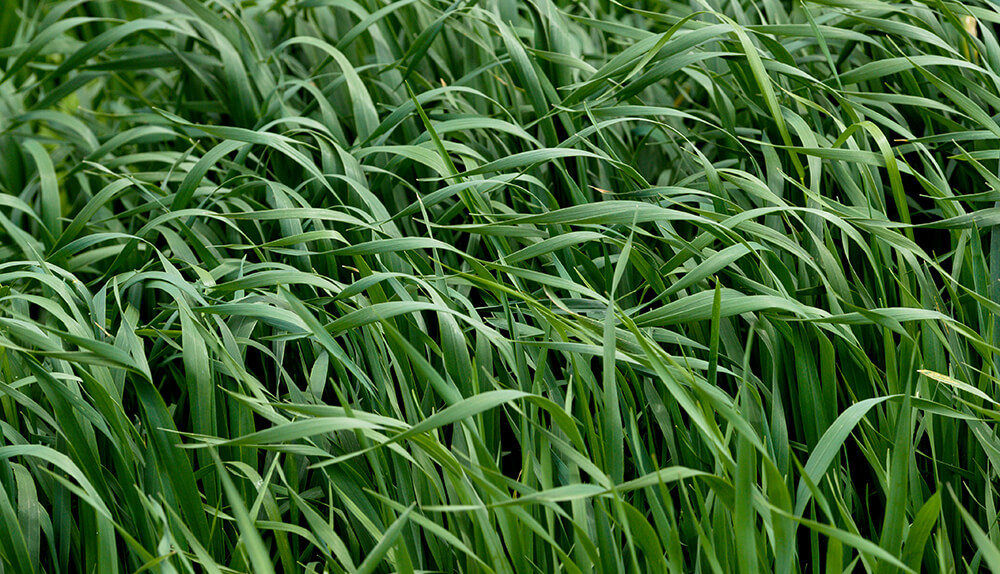
3. Monitor and measure your success
Making the initial investment in a cool-season cover crop may not seem like the most frugal way to farm. But, as Swaffar says, ranching regeneratively begins to generate returns on investment in a myriad of ways.
Perhaps, a farmer planted a cool-season cover crop ahead of a field crop. While he or she may have spent additional money on that cover-crop seed, they likely spent less on herbicide to control weeds in their field crops because the cover crop suppressed weed growth. This doesn’t include the tangible yet often unpriced benefits, such as adding carbon to the nutrient cycle, building organic matter in the topsoil and increasing diversity. All benefits build over time and may only become apparent after two or three years.
No matter which goals ranchers set for cool-season cover crops – whether they want to boost their soil health or add additional grazing opportunities for their livestock – Swaffar advises they stay the course to reap the rewards. Keeping good records is essential to document the cover crop’s impact on both their land management goals and their bottom line.
“Maybe short-term I just need some extra forage, but maybe the long-term goal is to use these cover crops to rest some other parts of my ranch to get more forage produced over there,” he says. “In the long term, I actually have to buy less hay, but you won’t really know that if you don’t monitor these things.
“Soil health is one way you monitor it. Financial health is another way that you monitor it. As you go through this transition, make sure you see, understand and document the changes. Your success will be better, because knowledge is power.”
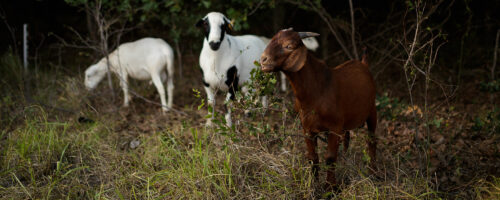
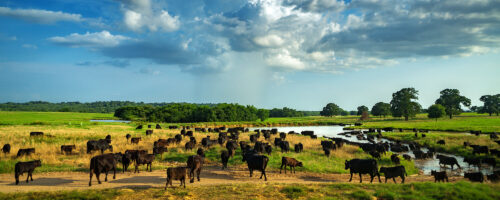
Comment
Leave a Reply
2 comment on: "3 Steps To Using Cool-Season Cover Crops On Your Ranch""

DEBRA J NEWMAN
July 18, 2023I enjoyed reading your very informative article. However, do you have relative information for soil microbial for Zone 9 in northern California that provide ecological advantages to a landscape?
Noble Research Institute
July 21, 2023Hi Debra,
This is a very location-specific question, and would probably best for a soil microbial scientist working in that region.
A general answer is: A suite of species working together is more likely to provide ecological benefits than specific single species. Nutrient cycling, energy flow, community dynamics all work more efficiently and closer to natural functioning systems when there are multiple species contributing. So, the more species the better and once the microbial community reaches a tipping point, it begins to really take off and function better. Here is a video that discusses microbial tipping points that may be of some help:
https://youtu.be/NqV1b4ps-sE